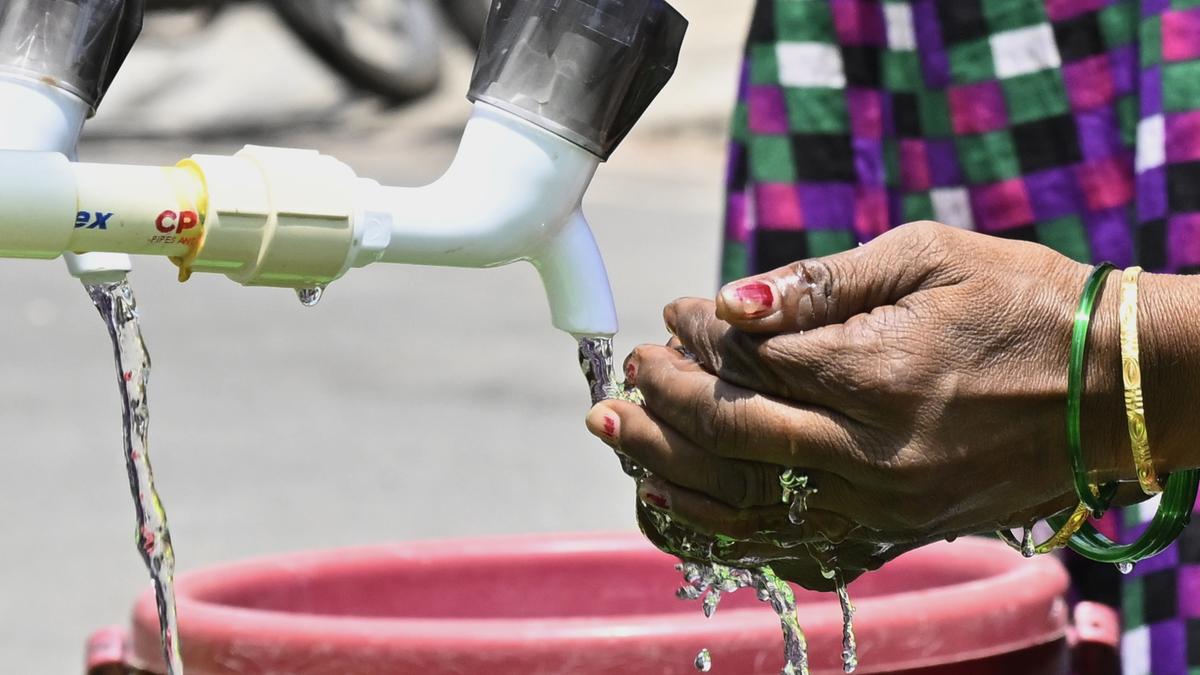
Combination of interventions is key to water conservation, finds Indian Institute of Management Bangalore study
The Hindu
Contrary to popular belief that increasing water tariff might curtail usage, a study by the Indian Institute of Management Bangalore (IIMB) shows that it is actually a combination of price and non-price interventions that could help in achieving conservation effects that are large and persistent.
Contrary to popular belief that increasing water tariff might curtail usage, a study by the Indian Institute of Management Bangalore (IIMB) shows that it is actually a combination of price and non-price interventions that could help in achieving conservation effects that are large and persistent.
The study ‘Combining price and non-price interventions for water conservation’ was authored by four people including three PhD alumni of IIMB. The study was conducted between 2016 and 2019 and was published in Environmental Research Letters this September.
The long-term field experiments were conducted in an affluent gated community in Bengaluru. The study aimed to compare the relative efficacies of price and non-price interventions for water conservation and develop a framework that would be optimal for conservation interventions.
After introducing both priced interventions (household level billing for water as per usage) and non-priced interventions (weekly report based on daily water usage based on meters at the household level along with personalised interventions), it was observed that both methods led to reduced water usage. However, the effects of non-priced interventions were at least four times more effective than the price interventions.
The weak habit households which were treated with non-priced interventions had 20% higher litres per capita-day (lpcd) usage when compared to households with strong habits. While both the interventions significantly affected the weak habit households, the non-priced treatment was three times as effective as the other one. Usage in strong habit households also reduced by 35 litres per day during non-priced interventions.
“We confirm the theoretical possibility that a price intervention can have an adverse effect, at least on a subset of households. Further, the effect of price may be small in high-income communities. Policy actors can combine price and non-price interventions to reduce this risk, apart from keeping the price reasonably high. They also need to consider the risk of a later withdrawal of price before introducing the price,” said Vivek, one of the authors.
He further said: “While this study is based on the use of water, the underlying behavioural theories are generic and could be applied to conserve electricity, waste, other public utilities, and diverse environmental and ecological resources.”





















 Run 3 Space | Play Space Running Game
Run 3 Space | Play Space Running Game Traffic Jam 3D | Online Racing Game
Traffic Jam 3D | Online Racing Game Duck Hunt | Play Old Classic Game
Duck Hunt | Play Old Classic Game











